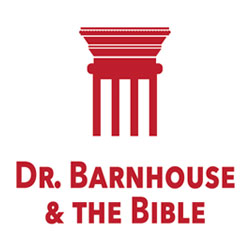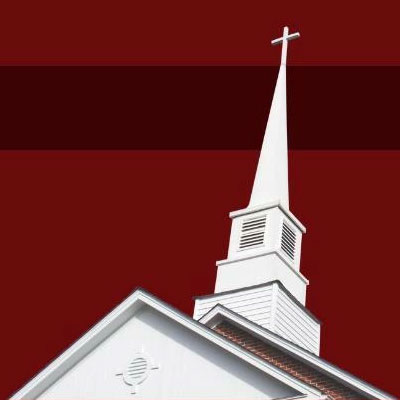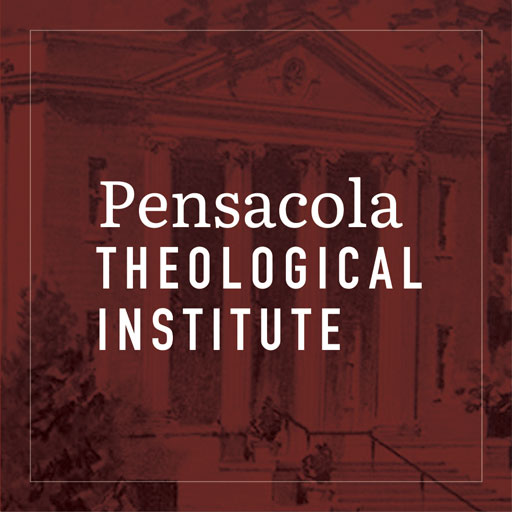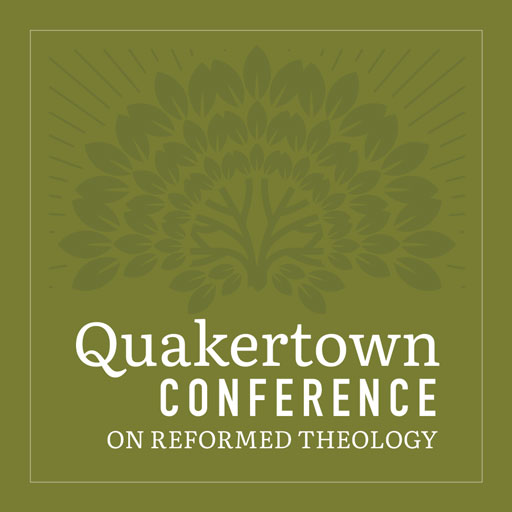
Fear and Faithfulness
To know how to act, we need to know what story we are in. Without suggesting that anyone wants to create a false narrative about the corona virus, the media can lead us to think we are in a short story when we are in a novel. In a sports-crazed nation, we hear that opening day for Major League Baseball will be delayed two weeks (possibly more), to early April. The NBA and NHL have suspended the regular season, but plan to be hold their playoffs. Broadway closed and proposed to reopen on April 12 (possibly later). Disneyland closed and hinted that doors will open again in April, but the Disneylands of China and Japan have shut and stayed shut.
We are in uncharted territory and no one wants to make foolish predictions. No one knows what will happen. We could peak fast, as soon as the weather warms up, so that corona virus deaths fall far short of annual flu deaths. Then we will feel guilty of overreaction. That said, epidemiological information about the spread of past infectious diseases point in the other direction. The pandemics of the last century all lasted. For example, the infamous Spanish flu lasted about two years, from 1917 to 1919, and the Asian flu of 1957-8 first hit America in the summer of 1957 and still caused a large second wave of deaths in March 1958. As World Health Organization and Center for Disease Control (WHO and CDC) sites say, second waves are common in pandemics. A few sources, including the New York Times, are willing to say that the coronavirus might hit its peak rate of infection in the U.S. in July. If warm weather causes transmission rates to drop significantly, the peak could arrive earlier. If social distancing is effective, some expect a milder but later peak, which could come in October. No one knows. (https://www.nytimes.com/interactive/2020/03/13/opinion/coronavirus-trump-response.html?action=click&module=Opinion&pgtype=Homepage).
If any of these projections are correct, it could be far more dangerous to join a crowd in May, July, or December than it is today. If there is no baseball on April, what will May hold? And, gasp, will there be football in November? But our concern is the church, not sports.
There is no room whatsoever in criticizing brothers and sisters who recently moved worship services online or declared a hiatus on discipleship meetings. We do our best and make decisions on the basis of partial information and local needs. Still, if we cancel worship services and other gatherings in March, when there are ten or one hundred cases of corona virus in our state, can we meet when the state has 10,000 or more in coming months? As we weigh the best course today, we must consider the next six or twelve months. Notions of a quick return to normalcy could well be false, unless death rates drop to levels we accept for the flu (normally more than 30,000 deaths annually according to the U.S. Center for Disease Control (https://www.cdc.gov/flu/about/burden/index.html). Again, f we avoid crowds in March, when can we logically reopen?
The biblically literate reader will think of Hebrews 10:25 here, but its full weight hangs upon its context. To cite more of a great paragraph:
Since we have a great priest over the house of God, let us draw near with a true heart in full assurance of faith… Let us hold fast the confession of our hope without wavering, for he who promised is faithful. And let us consider how to stir up one another to love and good works, not neglecting to meet together, as is the habit of some, but encouraging one another (Hebrews 10:21-25a).
Notice first that Jesus is our great priest. As priest, he offered his body as a sacrifice. He had that body because he came to us, embodied beings (not angels), as an embodied being. Bodies count. It is good to sing alone; it is grand to sing in a joyous throng. It is good to hear the voice of our pastor; it is stirring to feel his eye on me, in row twelve. Presence matters. We hold fast to the confession and stir each other up to love and good deeds when we meet together. Presence is a mode of grace. Can a well-crafted email or a focused phone call bring encouragement? Yes. But blessed words are almost always stronger when delivered face-to-face, eye to eye. We may need to halt the hugs, but we can still provide presence.
Working together, we can find ways to meet together safely while submitting to authorities who restrict larger meetings. We preserve life by urging the aged and all with compromised lungs and immune systems to protect their lives, most likely by staying away from large gathering. But if we urge them to stay home, we should also decide how we will visit them, in the spirit of Jesus’ blessing, in Matthew 25:36, “I was sick and you visited me, I was in prison and you came to me.” (We will also take care to find those whose work is hurt most by disruptions in the supply chain or by lower consumer demand.)
If we are wise, we will find ways to continue prayer and discipleship in small groups. Churches with more space per person will more readily follow standards for social distancing, but with effort we can meet government standards. Churches with one worship service may hold two and those with two may shift to three or more. In this hour, the experts may say “Stay away from each other,” but perhaps we need each other, in the flesh, more than ever.
We face competing values. If a child or young adult gets sick, their illness will be mild, For them, this a moment to love our neighbors. The healthy, younger majority have relatively little to fear. Our precautions are for sake of the aged and infirm and that has a beauty to it..
We dwell in a vast novel, not a short story. In the story of redemption, we play a part in the chapters covering the age that is marred by the fall and lifted by the beginning of redemption. The fall includes epidemics that have been part of human society for centuries. The travail of this hour barely compares to the plagues that tore through Europe again and again for centuries, killing 5%, 10%, even 40% of the population of many cities. When those plagues struck, those who could flee to the countryside did, but some stayed and a few of the godly dared to move toward the sick, to care for them. That was a sign of their redemption, for they knew that their chapter was short, but that eternity is long. This is not advocacy for recklessness. But if we expect health care professionals to care for the sick, and we do, then we spiritual leaders must offer spiritual care. By all means we should preserve physical safety, but we must give find ways to give ourselves to the care of souls – as well as disinfectants – more than ever.
Dan Doriani teaches Theology and Ethics at Covenant Seminary. He earned his M.Div. from Westminster and talked everyone into a joint Yale/Westminster Ph.D. He also pastored a very small church for five years and a very large one for eleven. He plays tennis, hikes mountains, wrangles grandchildren, speaks at conferences, and writes books. His most recent is Work: Its Purpose, Dignity, and Transformation.

























